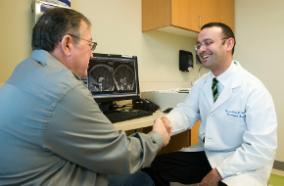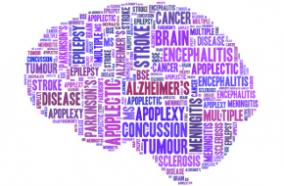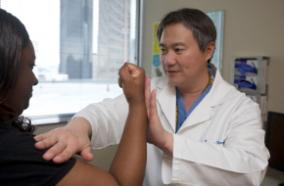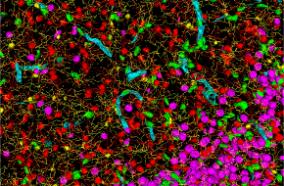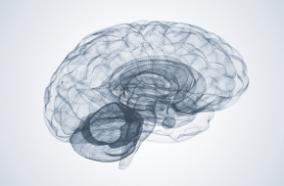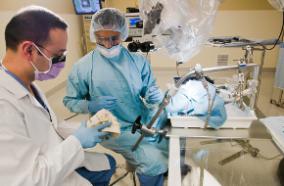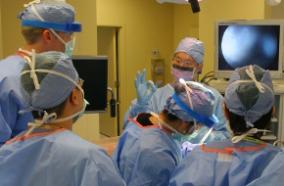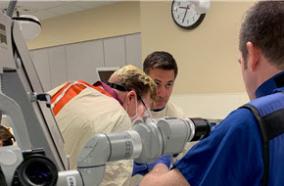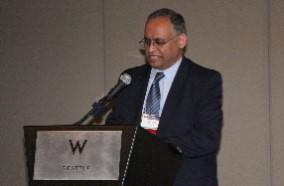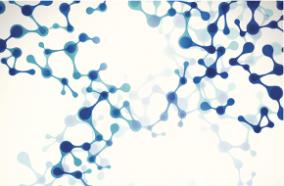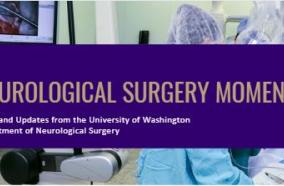Functional Status Examination versus Glasgow Outcome Scale Extended as Outcome Measures in Traumatic Brain Injuries: How Do They Compare?
Functional Status Examination versus Glasgow Outcome Scale Extended as Outcome Measures in Traumatic Brain Injuries: How Do They Compare?
J Neurotrauma. 2019 08 15;36(16):2423-2429
Authors: Dikmen S, Machamer J, Manley GT, Yuh EL, Nelson LD, Temkin NR, TRACK-TBI Investigators
Abstract
Outcome measures are essential components of natural history studies of recovery and treatment effects after traumatic brain injury (TBI). The Glasgow Outcome Scale (GOS) and its revised version, the Glasgow Outcome Scale Extended (GOSE), are well accepted and widely used for both observational and intervention studies, but there are concerns about their psychometric properties and aptness as outcome measures for TBI. The present study compares the Functional Status Examination (FSE) with the GOSE to assess outcome after TBI in a sample of 533 participants with TBI from the Magnesium Sulfate study and the Transforming Research and Clinical Knowledge in Traumatic Brain Injury (TRACK-TBI) study by evaluating the sensitivity of each measure to severity of brain injury and recovery of function over time. The results indicate that both measures are strongly correlated with TBI severity. At three months, the correlation strengths between injury severity and each outcome measure do not differ (p = 0.88 for Glasgow Coma Scale [GCS], p = 0.13 for computed tomography [CT] abnormalities) but at six months, the FSE is more strongly related to TBI severity indices than is the GOSE (p = 0.045 for GCS, p = 0.014 for CT abnormalities). In addition, the FSE generally shows significantly more improvement over time than the GOSE (p < 0.001). Detailed, structured administration rules and a wider score range of the FSE likely yields more sensitive and precise assessment of functional level than the GOSE. The FSE may be a valuable alternative to the GOSE for assessing functional outcome after TBI.
PMID: 30827167 [PubMed - indexed for MEDLINE]

